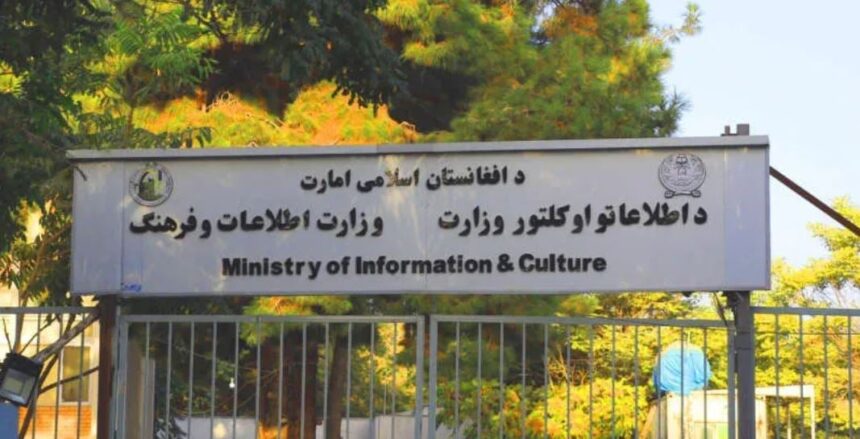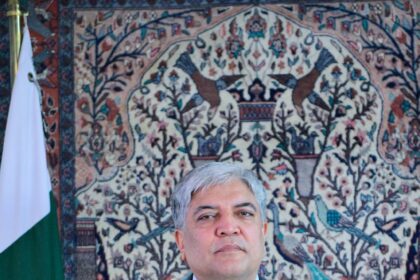RASC News Agency: In a fresh assault on freedom of expression, the Taliban’s Ministry of Information and Culture has issued a sweeping new directive that dramatically tightens restrictions on domestic media, effectively banning criticism of the regime and conditioning the broadcast of political content on prior government approval. The move is the latest in a series of authoritarian measures aimed at extinguishing what remains of Afghanistan’s once-vibrant media sector. The four-page document, titled “Policy on the Broadcasting of Political Programs (Roundtables),” was distributed to media outlets across the country and marks a dangerous escalation in the Taliban’s campaign to institutionalize censorship. According to the directive, all political content must be submitted in advance to the ministry for review, and participation of analysts or commentators in such programs will now require official authorization and the issuance of a special identity card by the regime.
The Taliban’s order stipulates that all political programming must conform to the ideological framework of the so-called “Islamic Emirate” and refrain from crossing the regime’s rigid “red lines.” Media outlets that fail to comply risk the revocation of their operating licenses or forced closure. The directive further mandates that even modest criticism of government figures must be expressed “within the law” and delivered in a “respectful tone” language widely seen as a euphemism for absolute silence. Since the Taliban’s return to power in August 2021, Afghanistan has witnessed an unprecedented rollback of civil liberties, with media freedoms among the hardest hit. According to Reporters Without Borders (RSF), Afghanistan now ranks 175th out of 180 countries in the 2025 World Press Freedom Index, with a paltry score of 17.88. At least 141 journalists have been detained or imprisoned since the Taliban takeover, and multiple reports have confirmed the systematic torture of detainees by the regime’s intelligence apparatus.
One journalist, speaking to international human rights monitors, described being beaten and psychologically tortured during his detention. “They tortured us for sport,” he said. “I truly believed I would not leave alive.” The Taliban’s censorship drive has also extended into visual media. Under the increasingly repressive “virtue policing” of the Ministry for the Promotion of Virtue and Prevention of Vice, the broadcasting of images depicting living beings has been banned in several provinces, including Kandahar and Takhar. As a result, several television stations have been forced to halt video content altogether and now operate solely as radio stations.
This sweeping clampdown represents not only an attack on freedom of the press, but a calculated attempt to engineer a totalitarian information environment one in which only the Taliban’s narrative is allowed to exist. The regime seeks to erase dissent, silence opposition, and create a media landscape devoid of investigative journalism, political debate, or social critique. Critics argue that the Taliban’s ultimate goal is the manufacture of consent through fear. “This is not media regulation it is information dictatorship,” said a Kabul-based media analyst. “The Taliban are not just suppressing journalism. They are criminalizing truth itself.”
Since August 2021, more than half of Afghanistan’s media outlets have shut down, and thousands of journalists particularly women have fled the country. The rest operate under constant threat of surveillance, harassment, imprisonment, or worse. Under the Taliban, journalism has been reduced to a weaponized extension of state ideology. As Taliban leaders continue to demand international recognition and legitimacy, their actions speak otherwise. Their treatment of the press is a stark reminder that their vision for Afghanistan remains one of repression, silence, and fear.
If the international community fails to respond meaningfully to this systematic annihilation of free expression, Afghanistan’s independent media may not survive this dark chapter leaving its 40 million citizens with no voice, no recourse, and no witness to their suffering.






